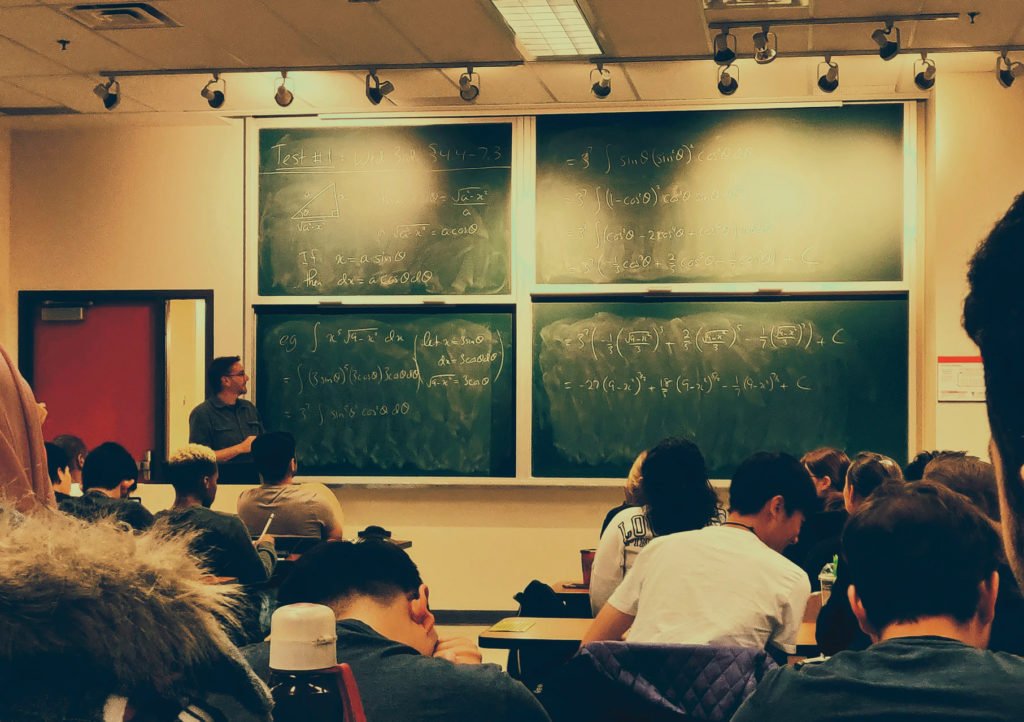
Non-Tenured Techer Dismissal Checklist
Feb 8, 2012
Share to:
This In Brief will summarize school district’s obligations under The School Code for non-reemployment and dismissal of non-tenured teachers for performance reasons only. This summary does not apply to reduction-in-force (“RIF”) layoff of non-tenured and tenured teachers as set forth in SB 7. Nor does it address the SB 7 changes to tenure accrual timelines for teachers first employed after the PERA implementation date (9/1/16 for most school districts).
At present, all current non-tenured teachers are subject to a standard four-year “tenure track” probationary period. Any teacher who completes four (4) consecutive school terms on a full-time basis enters into contractual continued service (i.e., tenure status) unless the district provides timely written notice of non-renewal or dismissal. A district may elect to not renew a non-tenured teacher’s employment for any non-discriminatory reason. A district is not statutorily required to provide the non-tenured teacher with a hearing prior to discharge.
The following is a checklist for not reemploying or dismissing a non-tenured teacher for reasons unrelated to RIF:
- Identify non-tenured teachers who are not meeting the district’s expectations.
- Carefully examine the length of time a non-tenured teacher has been employed with the District for purposes of determining whether the teacher is a first, second, third or fourth-year teacher, rather than the number of years the teacher has actually taught in the district.
Note: Any paid leave of absence during the full-time, non-tenured teacher’s first four (4) years of employment does not constitute a break in consecutive years of service for purposes of tenure accrual. Therefore, a non-tenured teacher on a paid leave of absence will continue to accrue probationary service credit towards tenure during the leave period.
Example: In one case, a court held that a teacher’s one year paid medical leave of absence during her third year of consecutive full-time probationary teaching service counted towards her accruing tenure status with the District.
- Identify and discuss the reason(s) for not reemploying or dismissing non-tenured teachers.
- The district is only required to provide the reasons for dismissal to fourth-year teachers. The specific reasons for the dismissal of a fourth-year teacher should be adequately documented in the teacher’s classroom observations reports and evaluations.
- Although the district does not have to provide first, second, or third-year teachers with specific reasons for their non-reemployment, we recommend that the district meet with the teacher and review the reasons for non-reemployment prior to issuing the notice of non-reemployment to the teacher. We also suggest that the administration document the reasons for non-reemployment in a confidential memorandum which should be included in the teacher’s personnel file. This practice will assist districts in defending any employment discrimination charges or other claims filed by non-tenured teachers challenging their non-reemployment.
Caution: We strongly discourage districts from delaying until the fourth year of employment to dismiss a non-tenured teacher who is not meeting the district’s performance expectations.
There is greater potential for a fourth-year, non-tenured teacher to challenge the dismissal because the district must specify the reason(s) for dismissal. The fourth-year teacher may also contend that the reason(s) for dismissal are invalid or pretextual (i.e., not the true reason for discharge), and cite favorable performance evaluations from the previous three school years as evidence that dismissal is not warranted. Moreover, the fourth-year teacher may contend that the dismissal is discriminatory and allege that the teacher’s performance record and evaluations are superior to other non-tenured teachers who were reemployed or granted tenure by the district.
Accordingly, districts should carefully review the fourth-year, non-tenured teacher’s classroom observations reports and summative performance evaluation to ensure that the specific reason(s) for dismissal are supported by the classroom observation reports and summative evaluation. The district should also review the teacher’s summative performance evaluations for prior school years to confirm that the assessments of the teacher’s weaknesses and areas for improvement in the prior evaluations are consistent with the stated reason(s) for dismissal of the fourth-year teacher.
- The Board of Education must adopt a resolution by a majority vote authorizing the non-reemployment or dismissal.
- Issue notice to the teacher.
- Notice of the Board’s decision must be provided to the teacher in writing at least forty-five (45) days prior to the end of the school year. The notice of dismissal of any fourth-year, non-tenured teacher must include the specific reason(s) for the dismissal.
- The notice must be sent to the teacher by certified mail, return receipt requested.
- We also recommend hand delivering a copy of the notice to the teacher.
Reminder: The district’s failure to provide notice of non-reemployment or dismissal in strict compliance with the statutory time deadline or other procedural requirements set forth in Section 24-11 of The School Code results in the automatic re-employment of the teacher under the same contract terms. If the teacher is a fourth-year teacher, the district’s non-compliance with The School Code results in the teacher’s acquisition of tenure status.
RSNLT has prepared model teacher non-reemployment and dismissal resolutions and notices. If you have any questions regarding teacher dismissals or RIFs, please contact the RSNLT Labor & Employment attorney you regularly consult with.
